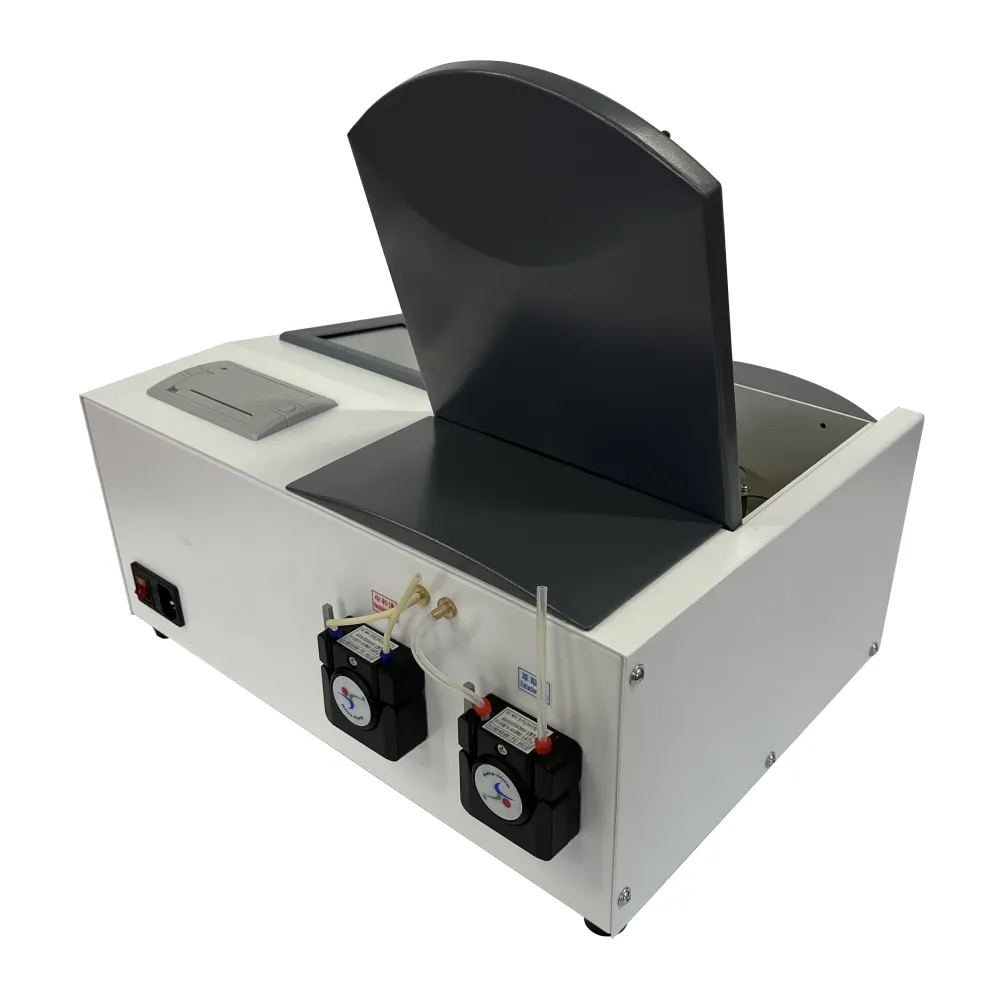 English
English


power frequency withstand voltage test transformer
Understanding Power Frequency Withstand Voltage Test for Transformers
Transformers are essential components in electrical power distribution systems, allowing for the efficient transmission of electricity across vast distances. Their operation hinges on maintaining insulation integrity, as high voltage equipment is often subjected to various electrical stresses throughout its service life. One critical testing method used to ensure transformer reliability is the power frequency withstand voltage test.
The power frequency withstand voltage test, often referred to simply as the withstand voltage test, is designed to assess the insulation strength of transformers and their components. During this test, the transformer is subjected to an AC voltage—typically at the power frequency of 50 or 60 Hz—higher than its normal operating voltage. This elevated voltage is applied for a specified duration, usually lasting from one minute to several minutes, depending on the standards being followed.
The primary goal of this test is to confirm that the insulation can withstand potential over-voltages without breaking down. A breakdown could lead to catastrophic failure, resulting in significant downtime, costly repairs, and potential hazards, including fire risks. By simulating these conditions in a controlled environment, engineers can evaluate the transformer’s ability to handle future stress factors.
To perform the power frequency withstand voltage test, the transformer is isolated and connected to a high-voltage source. The voltage is gradually increased and held at the test level. During this period, any signs of insulation breakdown, such as arcing, partial discharge, or excessive leakage current, are closely monitored. The results from this test provide valuable insights into the transformer's condition and the integrity of its insulation system.
power frequency withstand voltage test transformer

Standards and protocols from organizations such as the International Electrotechnical Commission (IEC) and the American National Standards Institute (ANSI) guide the parameters of these tests, specifying voltage levels, duration, and acceptable limits for leakage current. Adhering to these standards ensures reliability and safety in electrical power systems.
It’s important to note that while the power frequency withstand voltage test can effectively determine the insulation capability, it does not predict future failures with absolute certainty. Factors such as environmental conditions, mechanical stresses, and aging can affect insulation performance over time. Therefore, regular maintenance and monitoring, along with periodic testing, are recommended to provide a comprehensive view of the transformer's health.
In addition to the withstand voltage test, transformers undergo various diagnostic tests to assess their overall condition, including insulation resistance tests, power factor testing, and frequency response analysis. Collectively, these assessments form a robust condition monitoring framework that aids in predictive maintenance strategies, ensuring the longevity and reliability of transformers.
In conclusion, the power frequency withstand voltage test serves as a fundamental procedure in transformer testing, providing essential data on insulation integrity. By understanding and implementing this test, electrical utilities can enhance system resilience and minimize the risk of transformer failures, ultimately leading to a more reliable power supply for consumers and industries alike. Continuous advancements in testing technologies and techniques will further improve the accuracy and efficiency of these assessments, safeguarding our critical electrical infrastructure for the future.
-
Differences between open cup flash point tester and closed cup flash point testerNewsOct.31,2024
-
The Reliable Load Tap ChangerNewsOct.23,2024
-
The Essential Guide to Hipot TestersNewsOct.23,2024
-
The Digital Insulation TesterNewsOct.23,2024
-
The Best Earth Loop Impedance Tester for SaleNewsOct.23,2024
-
Tan Delta Tester--The Essential Tool for Electrical Insulation TestingNewsOct.23,2024





